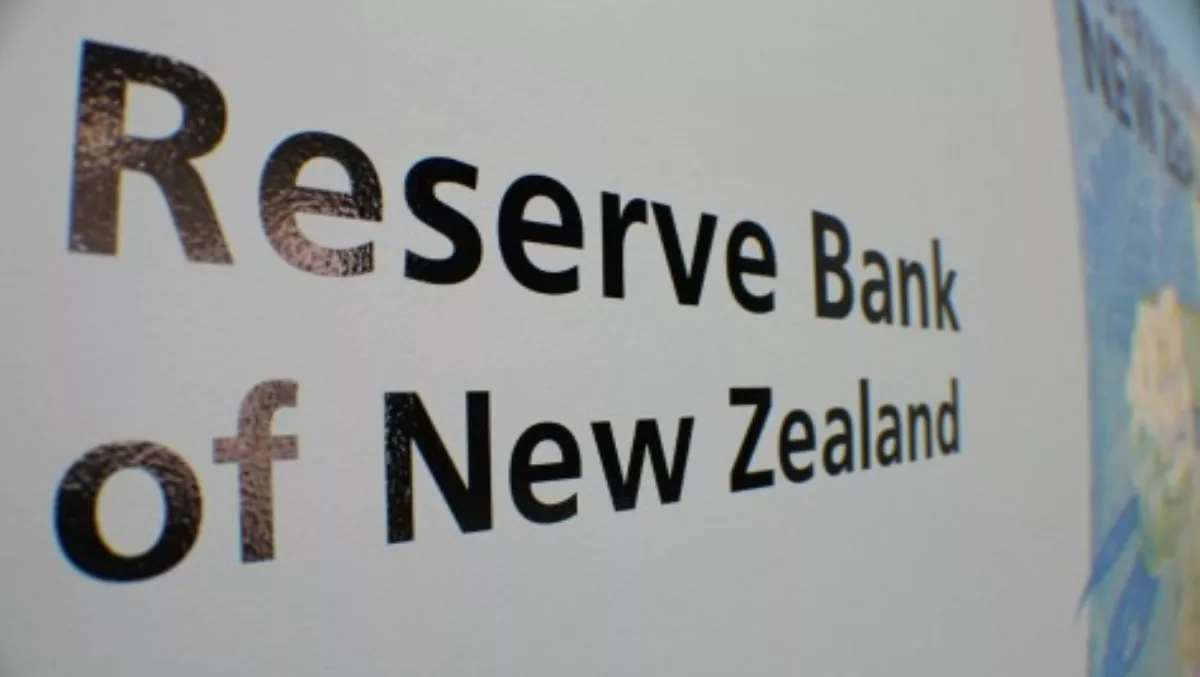
RBNZ looking at risk modelling, pricing to help boost returns
The Reserve Bank is looking at the way it models risk and pricing in respect to its own financial operations, which it hopes will allow it to generate better returns without incurring greater risk.
Central bank deputy governor and head of operations Geoff Bascand told a conference in London yesterday the bank operates a conservative profile in its own financial management, but is constantly seeking to improve on that. In recent years it has improved economic capital modelling, simplified portfolio management, increased transparency and improved performance reporting.
"There is scope to improve further. In particular, with enhancements to our risk modelling and pricing, we can potentially be more dynamic in our allocation decisions and improve expected financial returns without incurring significant additional risk," Bascand said. "We are currently assessing our technology base with aspirations to better manage risks and pricing issues related to OTC (over-the-counter) derivatives."
The bank generated a net profit of $56 million in the 2014 financial year, down from $308 million a year earlier, as a stronger New Zealand dollar led to a $198 million unrealised loss in its unhedged foreign exchange portfolio. The central bank generates earnings from its domestic market and foreign reserves management, which are primarily aimed to help it fulfil its function as a monetary authority and prudential supervisor rather than maximise returns.
That's meant New Zealand's Reserve Bank has resisted engaging in riskier investments, and Bascand yesterday said it has "resisted investing in equities or gold, as some central banks do" despite the potential for higher returns.
The central bank is mandated to hold some foreign reserves in unhedged positions to allow it to intervene in currency markets to help smooth out peaks and troughs. Bascand said about 75 percent of its foreign reserves are in the hedged pool, which provides more stability to the bank's returns.
Its hedged positions are heavily weighted to US and European assets, with smaller allocations to Japanese, UK, and Canadian sovereign markets. The bank then manages refinancing risk by borrowing for long maturities of up to 15 years.
The unhedged pool is more volatile and "expected to perform well in times of crisis or stress, both in terms of return and providing the most effective intervention capability," Bascand said.
Those assets have shorter maturity dates, and the allocation is determined by not only by potential return, but also the effectiveness of its intervention capability.
About 30 percent of that pool is in US dollar investments, and 25 percent in European assets. UK and Australian assets make up about 15 percent each, followed by 10 percent in Canadian investments, and 5 percent in Japanese.
The central bank intervened in foreign exchange markets last year, selling a net $521 million in August, and followed an unscheduled statement by governor Graeme Wheeler trying to talk down the strength of the kiwi dollar. The RBNZ also intervened in currency markets in mid-2007 when it sold a net $2.36 billion over three months, and went on to sell a net $1.64 billion over five months in mid-2008 when the kiwi dollar plunged in the lead-up to the global financial crisis.

